Home > Geography > Train station
Train station
The Northern Railway Company opened the Amiens-Canaples lines in 1877 and operated them until 1937. The SNCF, the National Society of French Railways, took over during the Second World War.
The route included the following stops: Amiens, Saint-Roch, Montières, Longpré-les-Amiens, Bertangles, Poulainville, Flesselles, Vignacourt, and Canaples, with three trains each day.
The train no longer works today, whereas the number of people going to work in Amiens is higher than in the past. The building serves as a meeting room for the associations.
The railway line during World War I
Incidents frequently caused delays of several minutes or even hours for supply trains, casualty trains, and passenger trains. When a sanitation train arrived with many soldiers, another empty train set off in the opposite direction again.
Shells destroyed the rails, like around Doullens, during the Arras-Line doubling in February 1917. The train derailed accidentally on its way to Noyelles-sur-Mer on August 30, 1917, causing complications on the whole line. These rail lines were damaged several times to slow the enemy's advance, first by French soldiers and then by Germans, who were more seasoned in the technique.
Most of the township’s railroads had been doubled by territorial soldiers and engineers from the Infantry Division. German prisoners also contributed to the construction of the double track near Amiens.
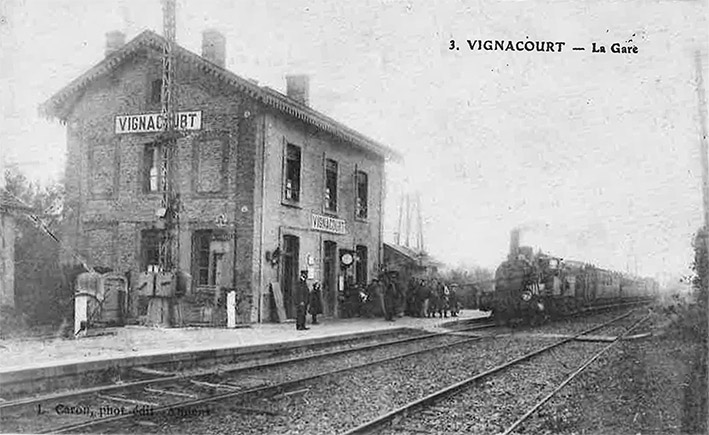
The former train station of Vignacourt.
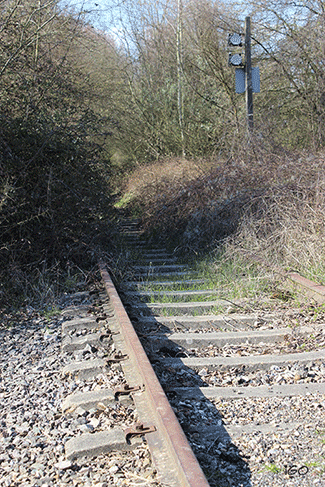
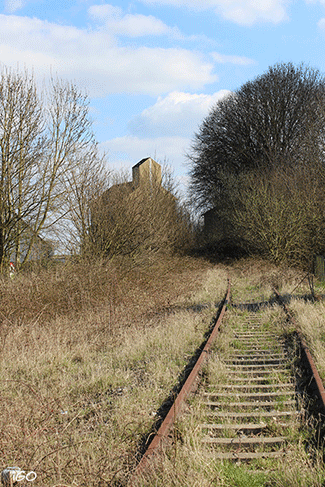
The old railway with the grain silo is in the background.
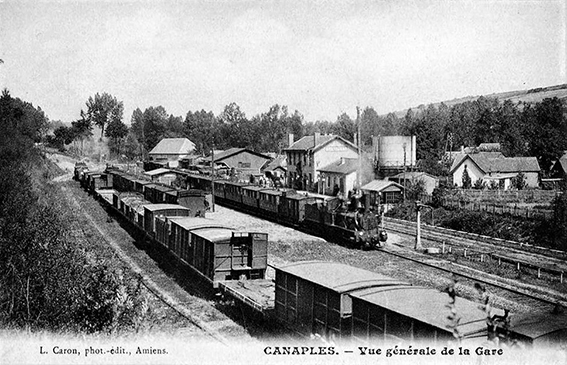
Photo courtesy of Mrs. Sandra Gittins.
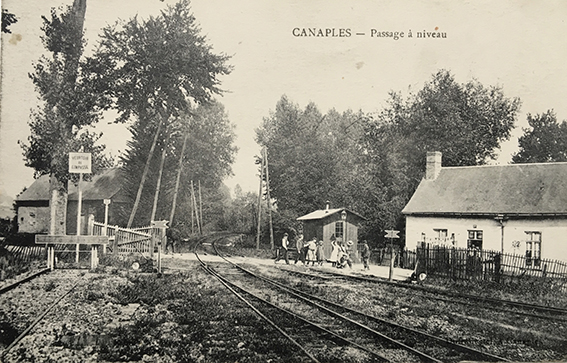
Credit photos: Mrs. Sandra Gittins, historian, researcher, and writer.
